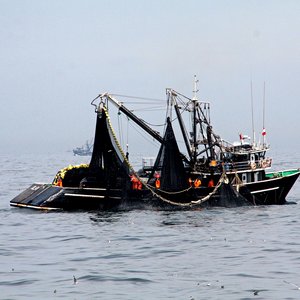Meagre (Argyrosomus regius) is a marine fish species widespread all over the Mediterranean Sea. It is receiving special attention in aquaculture because it constitutes an interesting species for the diversification of the Mediterranean aquaculture industry. In fact, meagre has several market attractive features, including large size with good processing yield, low fillet fat content and attractive taste and texture. Additionally, meagre is a fast-growing species (ca. 1 kg in 12 months), does not mature during on-growing and has low feed conversion ratios (~1,0). Despite its attractive features, the meagre production started just 20 years ago. European production of this species has increased every year since then, with almost 5,000 tons being recorded in 2016 with Turkey, Spain and Greece being the main producers today (data from FEAP).
At the farm level, the technologies and practices used for the grow-out stages of meagre are quite similar to those of other well-known marine species such as seabream and seabass. In fact, commercial seabream diets have been used for meagre with limited success. Although more knowledge about the nutrition of this species is needed, the nutritional requirements for grow-out stages of meagre were shown to meet a diet with 45-48% protein and about 17% fat.
Nowadays, commercial products for meagre differ considerably among aquafeed companies, being in general conservative formulas. Taking into account that the optimization of the protein/fat ratio is an essential condition for a well-balanced diet, Aquasoja updated its meagre feed REGIUS with a more adapted and accurate dietary DP/DE ratio as fish grow.
REGIUS is based on high levels of good quality animal protein to provide the best responses in terms of growth and feed conversion. This feed is available in two different typologies based on the inclusion (Orange) or not (Blue) of land-animal proteins and fats.














